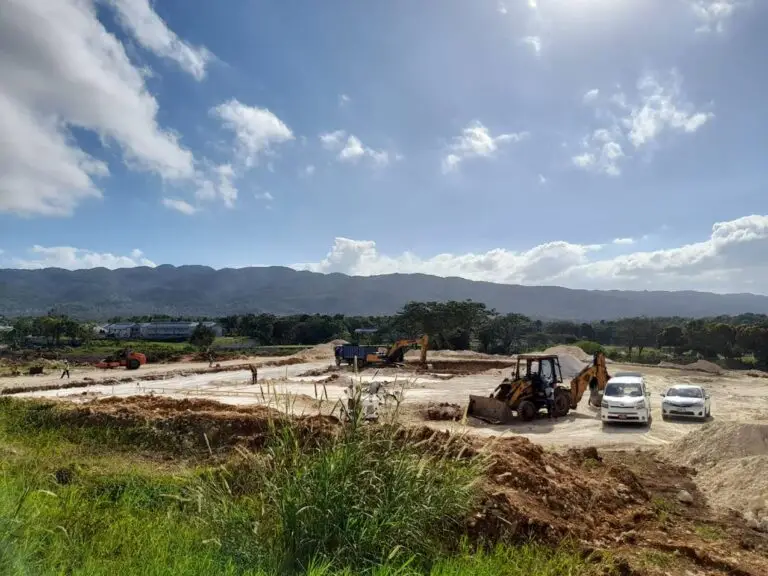After nearly 20 years and minimal results, the National Housing Trust’s group-based housing model — now known as Build 9 — is facing renewed internal scrutiny. The Trust has confirmed that it is re-evaluating the initiative following widespread implementation issues, stalled projects, and lukewarm uptake, despite recent efforts to revive interest.
Launched in 2007 and rebranded over time, Build 9 was designed to empower small groups of NHT contributors, often relatives or close associates, to co-invest in land, install infrastructure, and build individual homes. On paper, it promised affordability and autonomy. In practice, it’s struggled to scale.
Of the 15 developments greenlit under Build 9, only four have reached completion. The majority remain stuck in early stages — weighed down by technical hurdles, complex subdivision requirements, and escalating development costs. A major bottleneck remains infrastructure — the roads, drainage, water supply, and sewerage required before homes can legally be built.
To address the programme’s stagnation, the NHT has formed a new cross-functional task force to revisit the policy framework and recommend structural reforms. But housing experts remain skeptical.
“The idea is noble, but the execution is deeply flawed,” said one real estate insider who asked not to be named. “You’re expecting groups of everyday contributors — with no experience in development — to manage subdivisions, coordinate infrastructure, and navigate legal hurdles. That’s unrealistic.”
The Trust has raised the loan ceiling to $4 million per contributor and now allows groups of up to 27 to collaborate, but even with these changes, participation has remained low. A broader overhaul of the Trust’s housing offerings in 2025 introduced zero-interest loans for the lowest income brackets and increased individual mortgage limits to $8.5 million — but these do little to ease the burden of group-led developments.
The Realtors Association of Jamaica (RAJ) has raised consistent concerns, including a lack of public awareness, poor programme support, and insufficient funding to bridge the high upfront infrastructure costs.
“The most vulnerable contributors — the ones this was meant for — are the least equipped to handle what it demands,” RAJ said in a statement. “Professional fees alone can wipe out any loan gains, and there’s limited hand-holding throughout the process.”
Still, the NHT maintains that Build 9 aligns with its broader vision of empowering communities to grow from the ground up. In rare cases, such as a nine-lot development in Old Harbour, the model has succeeded — but such stories are few and far between.
In an e-mailed response, the Trust acknowledged the growing disconnect between what’s funded and what’s required. “Unpredictable cost escalations and subdivision delays have created structural gaps,” the agency noted, adding that while the Trust facilitates the process, “beneficiaries retain full responsibility for seeing developments through.”
Critics say this model of partial support places too much weight on contributors’ shoulders and too little on technical leadership. The call from the real estate sector is clear: simplify, guide, and reassess.
Without major changes, Build 9 may remain more of a case study in ambitious policymaking than a true solution to Jamaica’s worsening housing crisis.

